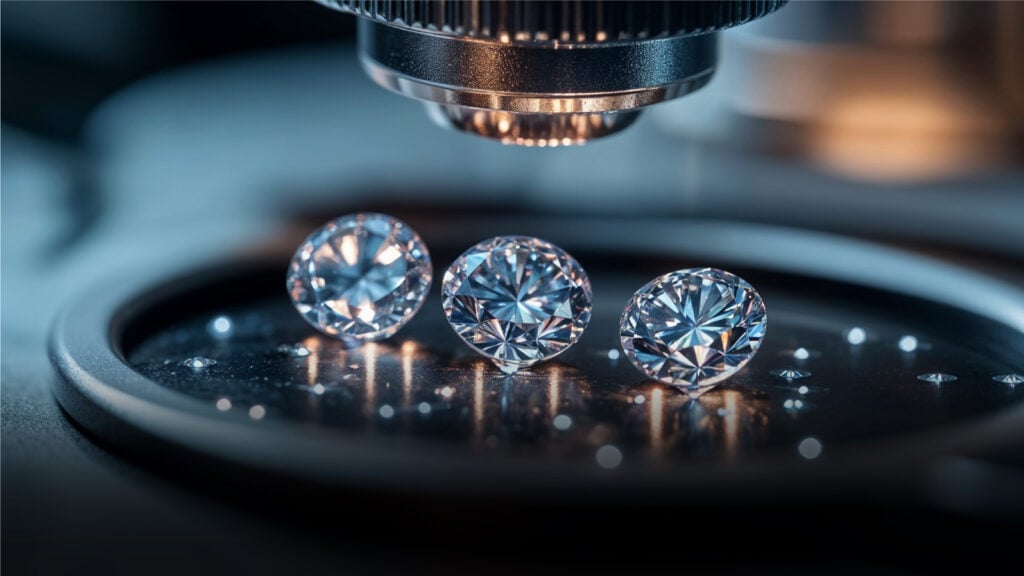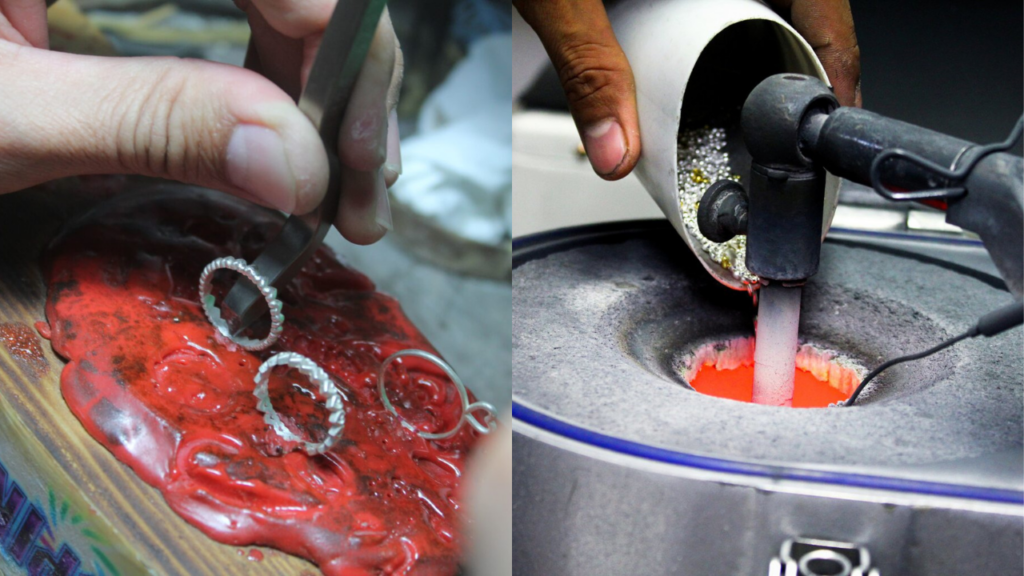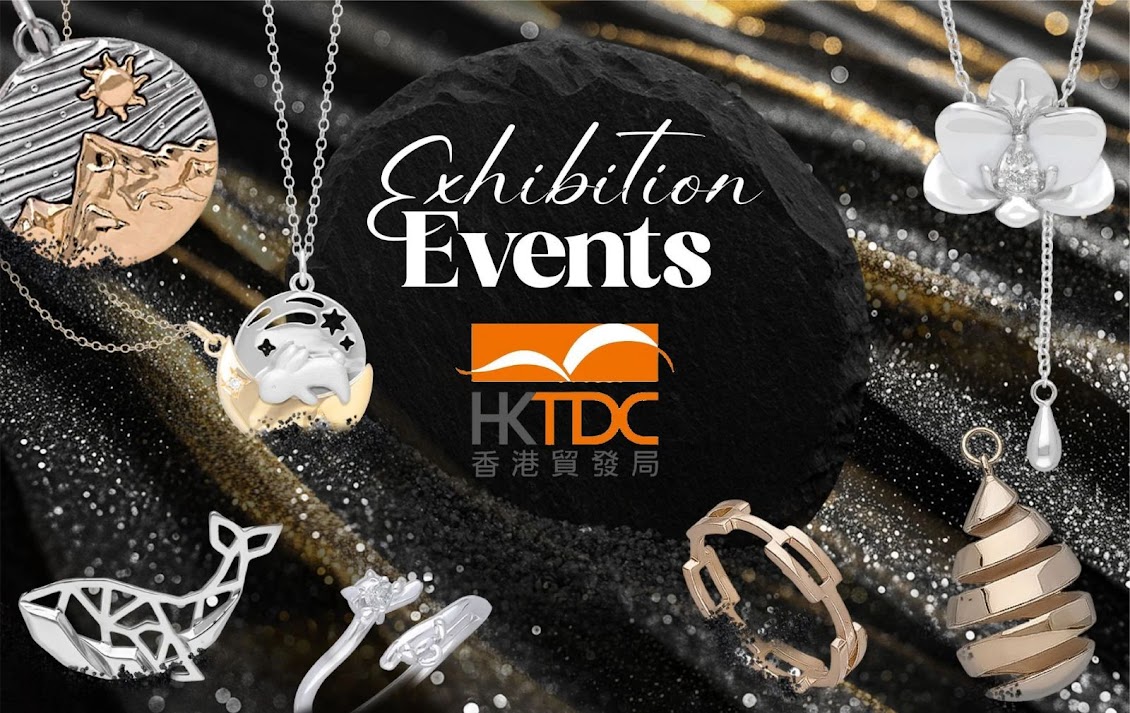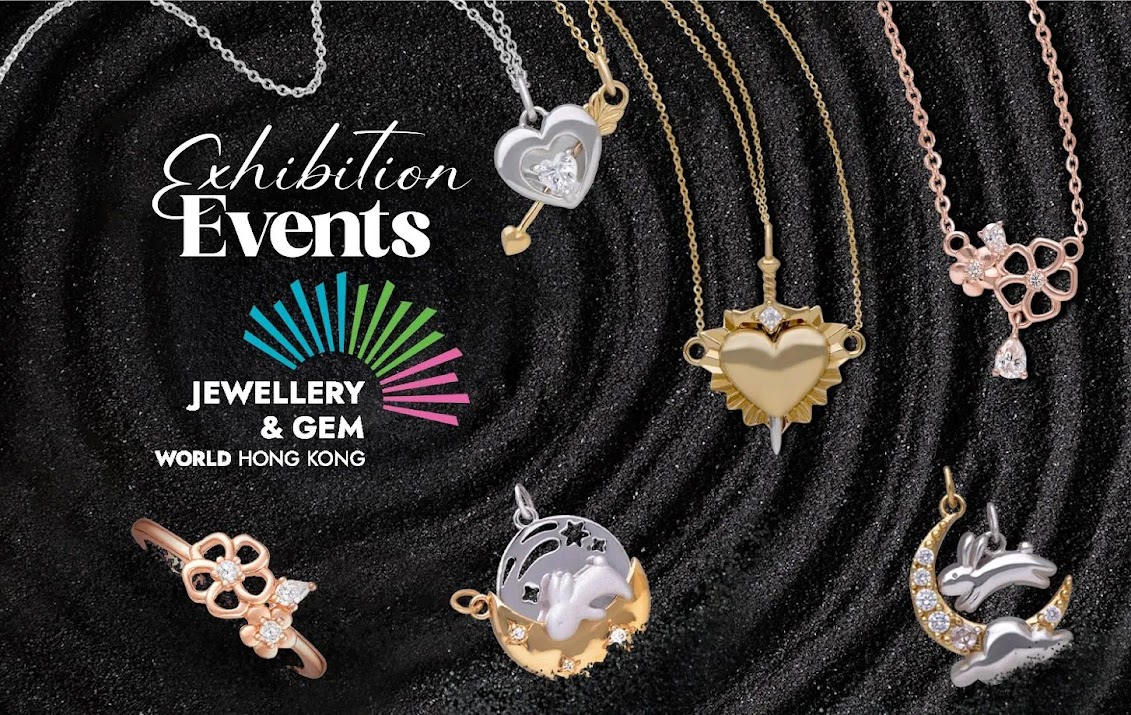In an era of increasing environmental awareness and ethical consumerism, the jewelry industry is undergoing a significant transformation. Consumers are no longer solely captivated by sparkle and design; they are demanding transparency and responsibility. For aspiring and established jewelry brands, embracing eco-friendly practices is no longer just an option – it’s a pathway to building a recognizable and trusted brand in a crowded market.
Building a jewelry brand with sustainability at its core requires a commitment that extends beyond the final product. It encompasses the entire lifecycle, from the origins of materials to the impact of packaging. By authentically integrating eco-friendly principles, brands can resonate deeply with conscious consumers, fostering loyalty and standing out in the competitive landscape.
The Rise of Eco-Friendly Jewelry
The demand for sustainable products across all industries is on a steady rise, and jewelry is no exception. Consumers are becoming increasingly aware of the potential environmental and social costs associated with traditional jewelry production, including concerns about mining practices, labor conditions, and chemical usage. This growing awareness is driving a shift in purchasing behavior, favoring brands that prioritize ethical and sustainable sourcing and production.
Eco-friendly jewelry, therefore, is not just a trend; it represents a fundamental change in consumer values and expectations. Brands that proactively address these concerns are better positioned to build trust and connect with a growing segment of the market.
I. Core Principles of an Eco-Friendly Jewelry Brand
At the heart of a recognizable eco-friendly jewelry brand lies a genuine commitment to responsible practices. This commitment should be reflected in every aspect of the business.
A. Sustainable Material Sourcing
The choice of materials is perhaps the most critical element of an eco-friendly jewelry brand.
– Recycled Metals: Utilizing recycled gold, silver, platinum, and palladium significantly reduces the environmental impact compared to mining new metals. This practice helps to decrease land degradation, water pollution, and energy consumption associated with traditional mining.
– Ethically Sourced Gemstones: Sourcing gemstones responsibly involves ensuring that they are mined and cut under fair labor conditions, with minimal environmental damage, and are not connected to conflict or human rights abuses. Certifications and partnerships with reputable suppliers are crucial here.
– Lab-Grown Diamonds and Gemstones: Lab-grown alternatives offer a sustainable option to mined stones, as they require less energy and water to produce and have a significantly smaller environmental footprint. They also eliminate the social and ethical concerns associated with some traditional mining operations.
– Alternative and Sustainable Materials: Exploring materials like reclaimed wood, recycled glass, or ethically sourced natural elements can offer unique design possibilities and further enhance a brand’s eco-friendly credentials.
B. Transparent and Ethical Production
Beyond materials, the production process itself must align with sustainable and ethical values.
– Fair Labor Practices: Ensuring safe working conditions, fair wages, and reasonable working hours for all individuals involved in the creation of the jewelry is paramount.
– Responsible Manufacturing: Implementing practices that minimize waste, reduce energy consumption, and avoid the use of harmful chemicals in the manufacturing process are essential.
– Supply Chain Transparency: A willingness to be open and honest about the origins of materials and the production journey builds trust with consumers. Traceability systems and clear communication about the supply chain are vital.
II. Building Your Brand Identity Around Sustainability
Once the foundation of eco-friendly practices is in place, the next step is to weave this into a compelling brand identity that resonates with your target audience.
A. Crafting a Compelling Brand Story
Your brand’s journey towards sustainability is a powerful narrative. Share your mission, values, and the “why” behind your commitment to eco-friendliness. Highlight the positive impact of your choices on the environment and communities. This story should be authentic, engaging, and consistently communicated across all platforms.
B. Visual Identity Reflecting Values
The visual elements of your brand – logo, packaging, website design, and product photography – should all reflect your commitment to sustainability. Use natural textures, earthy tones, and imagery that evokes nature and responsibility. Eco-friendly packaging made from recycled or biodegradable materials is a tangible representation of your values.
C. Consistency in Messaging
Every touchpoint with your customer, from your website copy to your social media posts and customer service interactions, should consistently reinforce your eco-friendly message. Authenticity is key; avoid “greenwashing” and ensure your claims are genuine and verifiable.
III. Marketing Your Eco-Friendly Message
Effectively communicating your sustainability efforts to your target audience is crucial for building recognition.
A. Leveraging Digital Platforms
– Website: Your website should be the central hub for your brand’s story and commitment to eco-friendliness. Dedicate sections to your sourcing practices, production methods, and the impact of your choices.
– Social Media Marketing: Utilize platforms like Instagram, Facebook, and Pinterest to visually showcase your eco-friendly jewelry and share your brand story. Engage with your audience, educate them about sustainable practices, and use relevant hashtags.
– Content Marketing: Create valuable content such as blog posts, articles, videos, and infographics that educate consumers about the importance of eco-friendly jewelry, the materials you use, and the positive impact of their purchases.
B. Public Relations and Collaborations
– Media Outreach: Share your brand story and unique selling proposition with relevant media outlets focusing on sustainability, lifestyle, and fashion.
– Influencer Partnerships: Collaborate with influencers who align with your brand’s values and have an audience interested in sustainable and ethical products.
– Partnerships with Like-Minded Businesses: Partnering with other eco-friendly brands for cross-promotion or collaborations can expand your reach and reinforce your brand’s positioning.
C. Certifications and Verifications
Obtaining relevant certifications from recognized organizations (e.g., the Responsible Jewellery Council) can provide independent validation of your sustainable and ethical practices, building further trust with consumers.
IV. Long-Term Growth and Recognition
Building a recognizable eco-friendly jewelry brand is an ongoing process that requires continuous effort and adaptation.
A. Fostering Customer Loyalty
Beyond the initial purchase, cultivate a relationship with your customers by providing excellent customer service, engaging them in your brand journey, and perhaps offering loyalty programs or initiatives that further promote sustainability.
B. Innovation in Sustainability
Stay informed about advancements in sustainable materials and production methods. Continuously seek ways to reduce your environmental footprint and improve your ethical practices.
C. Measuring and Communicating Impact
Whenever possible, measure the positive impact of your eco-friendly practices (e.g., amount of recycled metal used, reduction in water usage). Communicate these achievements with your audience to demonstrate your tangible commitment.
V. Royi Sal Jewelry: A Commitment to Sustainable Manufacturing
At Royi Sal Jewelry, we understand that creating beautiful jewelry goes hand in hand with a responsibility to the planet and its people. As a dedicated jewelry designer and manufacturer, we have woven eco-friendly practices into the fabric of our operations, recognizing that sustainable manufacturing is crucial for the future of our industry and for the brands we partner with.
Our commitment to reducing our environmental impact and upholding sustainability is a core principle that guides our work. We have invested in processes and sourcing methods that prioritize responsible production:
– Utilizing Recycled Silver: For over a decade, we have proudly offered our clients the option to manufacture their jewelry using recycled silver. This significantly reduces the need for new mining, lessening the environmental footprint associated with traditional metal extraction.
– Implementing a Closed-Loop Production System: We operate with a closed-loop production process designed to minimize waste at every stage of manufacturing.
– Embracing Circularity in Metals: We believe in the inherent sustainability of precious metals like silver and gold, which can be recycled indefinitely without losing their quality. Our manufacturing process is circular, ensuring that all our metal scrap from production is recycled and refined back into pure silver.
– Ensuring Ethical Gemstone Sourcing: We work in close cooperation with our suppliers to ensure that the precious and semi-precious stones we use are carefully sourced. Our priority is that they are conflict-free and traceable, aligning with ethical standards.
– Prioritizing Responsible Material Usage: We pay meticulous attention to all the materials that go into our jewelry, ensuring they meet stringent safety standards and are free of dangerous chemicals.
– Managing Wastewater Responsibly: Our production facilities incorporate wastewater management processes to minimize our impact on water resources.
– Reusing Precious Metals: We actively implement practices to reuse precious metals within our production, reducing waste and maximizing the efficiency of these valuable resources.
– Membership with the Responsible Jewellery Council (RJC): As a member of the RJC, we are committed to adhering to their Code of Practices. This framework sets high standards for responsible business ethics, human rights, social performance, and environmental impact within the jewelry supply chain. Our membership reflects our dedication to continuous improvement and transparency.
By integrating these sustainable manufacturing practices, we aim to provide our partners with jewelry that not only meets the highest standards of craftsmanship and design but also carries the assurance of being produced with care for the environment and society. We believe that by offering these options and maintaining transparency, we empower the brands we work with to build recognition and trust with the growing number of consumers who value sustainability.
Conclusion:
Building a recognizable jewelry brand today demands a commitment to eco-friendly products and ethical production. By prioritizing sustainable sourcing and transparent practices, you’ll connect deeply with conscious consumers and build a brand that endures.
At Royi Sal Jewelry, we’re leading this charge. We integrate responsible practices into every operation, providing a solid foundation for your brand. Our commitment to recycled silver, a closed-loop system, ethical sourcing, and RJC standards proves that sustainable manufacturing is both achievable and impactful.
This approach not only fosters a responsible industry but also ensures your brand thrives and earns lasting respect. If you’re ready to align your jewelry with eco-consciousness and ethical responsibility, partner with us. Our proven commitment to sustainable practices is the crucial step in crafting jewelry with a conscience and building a truly recognizable brand in the green economy. For us, true brilliance shines brightest when it’s green.
Join Us on Our Journey! Ready to bring your ideas to life? Contact us at sales@royisal.com to discuss your specific needs, request a quote, or schedule a consultation with our team. Let us help make your vision a reality.
Share this post









Responses (0)